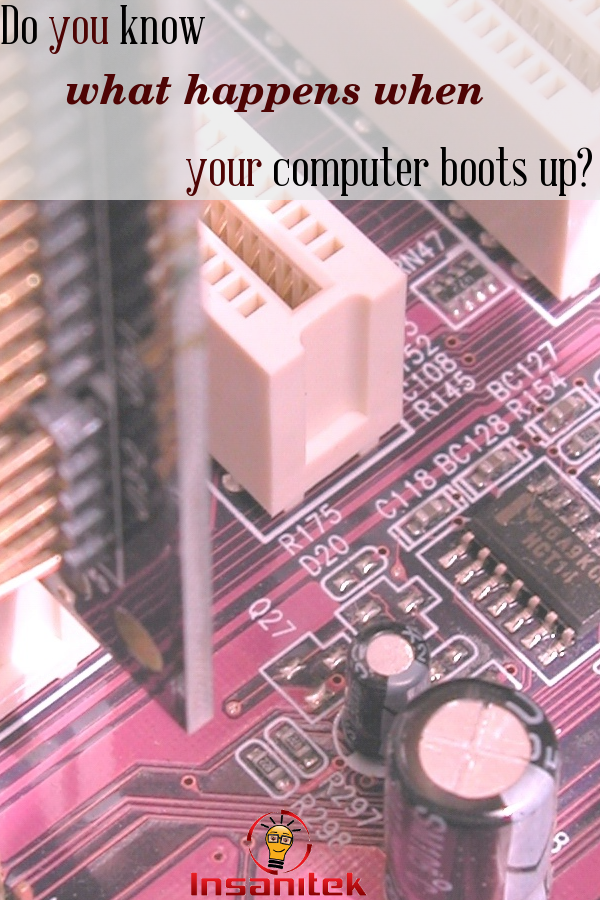 Editor’s note: This post has been updated and broken links removed. Please see our policy on broken hyperlinks for more.
Editor’s note: This post has been updated and broken links removed. Please see our policy on broken hyperlinks for more.
The Internet has permeated so much into our everyday lives that we can hardly imagine a day without it. But what is the internet really? Let’s break it down until it’s insanely simple!
The internet is a communication line between computers. This connection is established by using telephone lines, ethernet cables, fibre optic cables, electromagnetic waves and whatnot. Computers share files with other computers: that’s the internet. Doesn’t really correspond with how you see it, does it?
When you access the internet, you open a browser – such as Chrome, Firefox, or Safari – and open a website; or in more recent times, you open an app on your mobile device and it is updated with new content.
The device that you use – PC, mobile phone, etc. – is the client. The client is connected to an internet service provider via a modem. The internet service provider, or ISP, is connected to various servers. The modem, may be built-in as with mobile devices, or a separate device. When a connection is made to the internet, the ISP assigns an IP address (Internet Protocol Address) to the client. The IP address is a string of characters that points to where a device is located in the vast network of computers.
Now when you open your browser and type in “insanitek.net” your browser sends this internet address to the modem. The modem, converts the digital information in the form of 0s and 1s into analogue signals of electric or light pulses. This signal is sent to the ISP.
The ISP connects to a DNS – Domain Name System, which is like a huge telephone directory that matches internet addresses to IP addresses. A search is conducted for the name “insanitek.net”. The result of this search is an IP address that points to the computer where the files of Insanitek are stored. This computer is called the server.
A request is sent to the server and this returns a file to the client according to the rules of the TCP/IP Protocol which regulates how the files is broken into packets, sent over the network and combined into the complete file at the client. The file is usually a HTML file. HTML files describe how webpages appear using the hyper text markup language.
Finally, the html file reaches the client and is opened by the browser to display the homepage of insanitek.net! And all of this happens in a matter of a few seconds! Fancy isn’t it?
The internet was initially created for scientists to share files amongst their computers. Back then, this networking system was called ARAPNET. Then with the invention of the World Wide Web by Tim Berners-Lee, the internet took on the form of these beautiful webpages and websites, storehouses of information. With the advancement of software technology, various new applications were found for this networking system and thus we have come to the internet we love that permeates every aspect of our lives.
Sources

